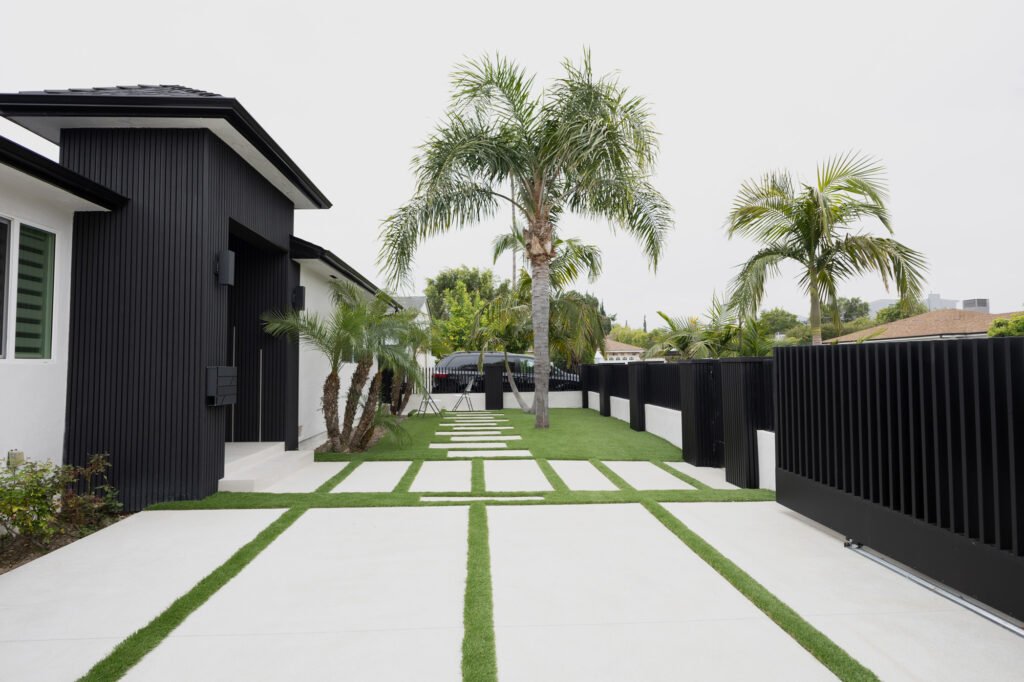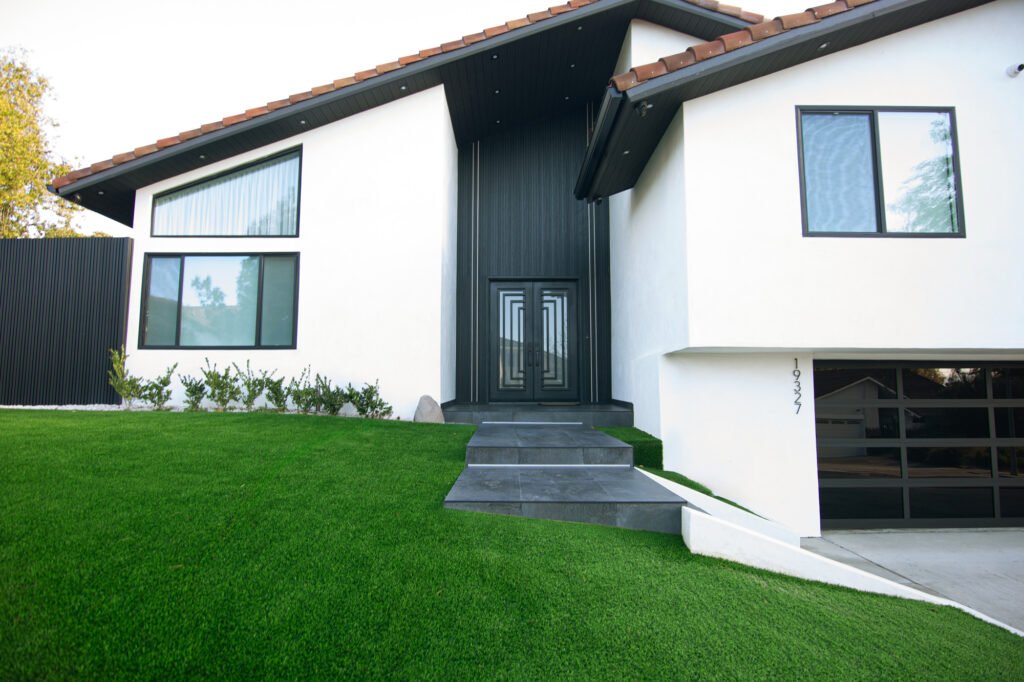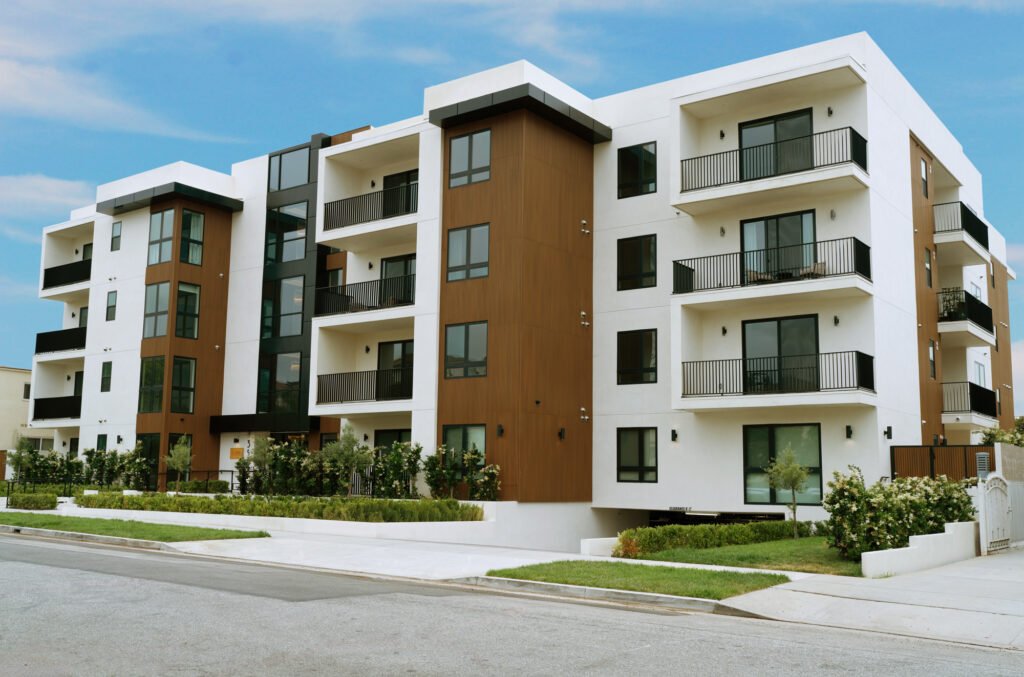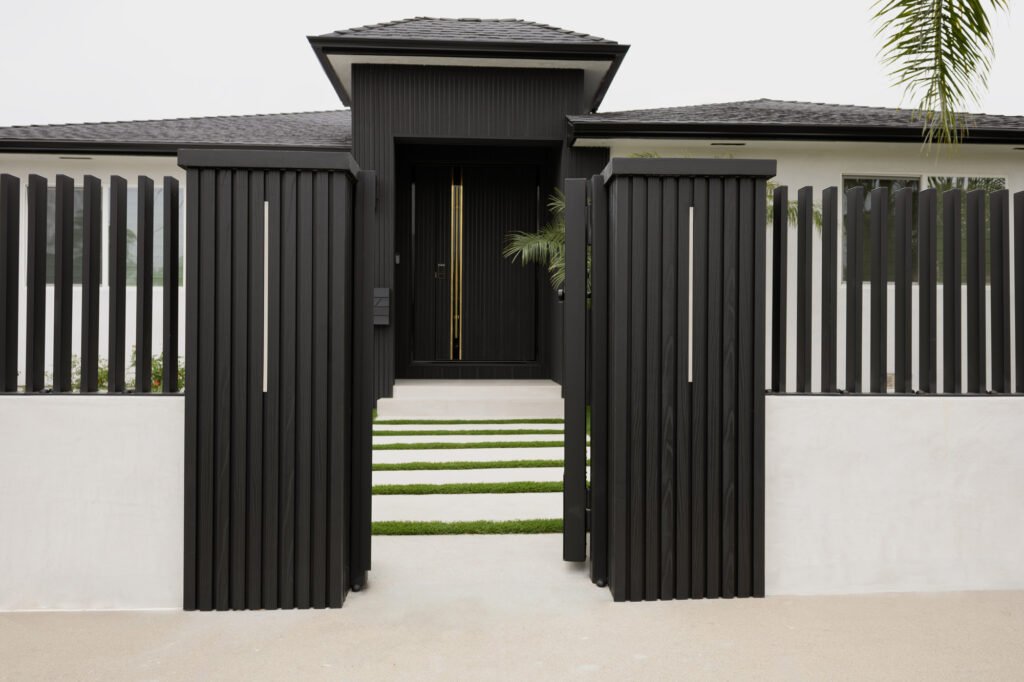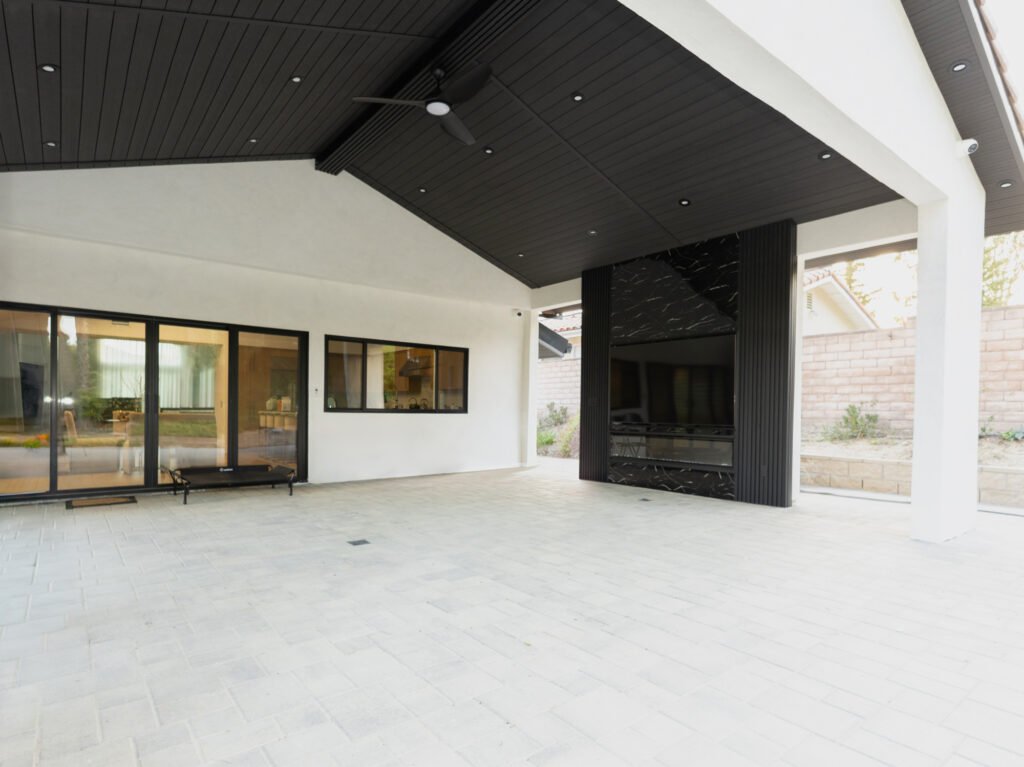Aesthetic Appeal: WPC exterior wall panels offer a
natural wood-like appearance, making them a visually
appealing choice for cladding. They are available in
various colors and textures, allowing for a range of design
options.
Weather Resistance: WPC panels are designed to
withstand the elements. They are resistant to moisture,
UV radiation, and temperature fluctuations, making them
suitable for different climates.
Insulation: WPC panels can have insulating properties,
which can help improve the energy efficiency of a
building when used as part of the building envelope.
Eco-Friendly: WPC is often considered an
environmentally friendly material because it uses
recycled plastics and wood waste. This can contribute to
reducing the environmental impact of construction
projects.
Ease of installation: WPC panels are typically designed
for easy and straightforward installation. They may use
various installation methods, such as tongue-and-groove
systems or concealed fastening systems.
Variety of Styles: WPC panel comes in various sizes,
profiles, and finishes, allowing for versatility in design and
architectural aesthetics.
It’s important to note that the quality of WPC panels
depends on the manufacturer and specific formulation of
the composite material. When choosing WPC exterior
wall panels for a construction project, it’s advisable to
consider the product’s specifications, warranty, and the
reputation of the manufacturer or supplier to ensure you
get a high-quality and reliable product.

